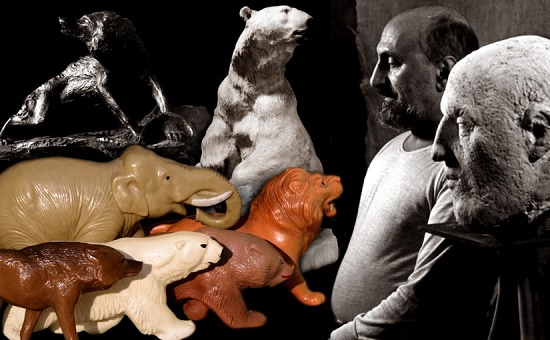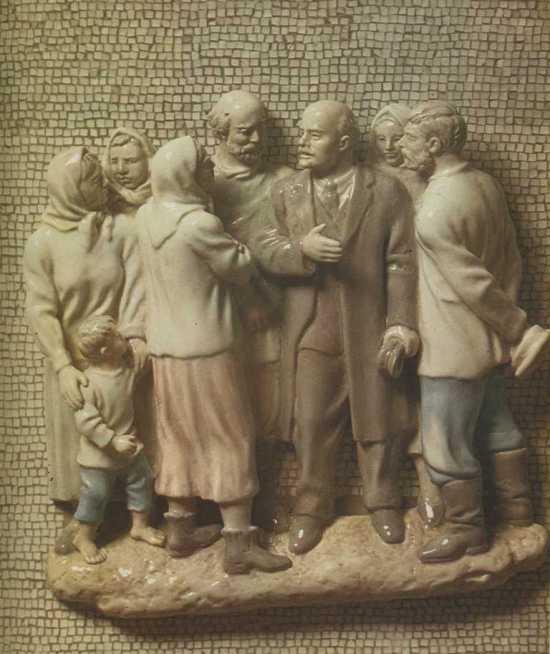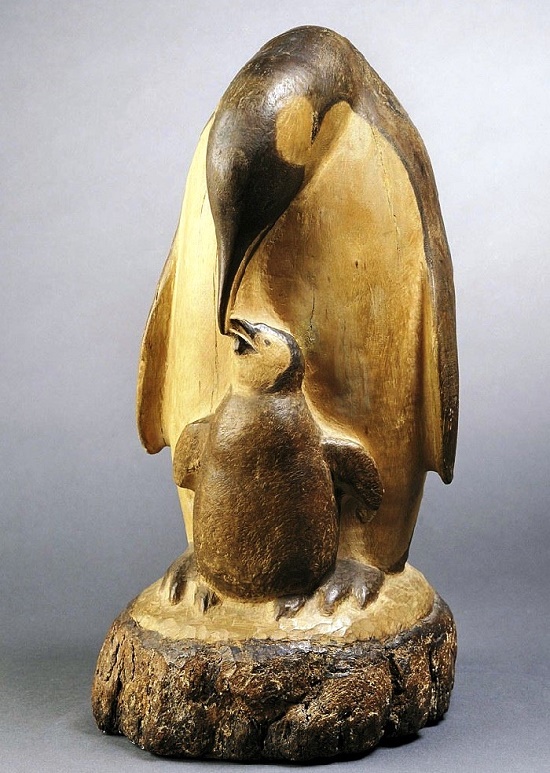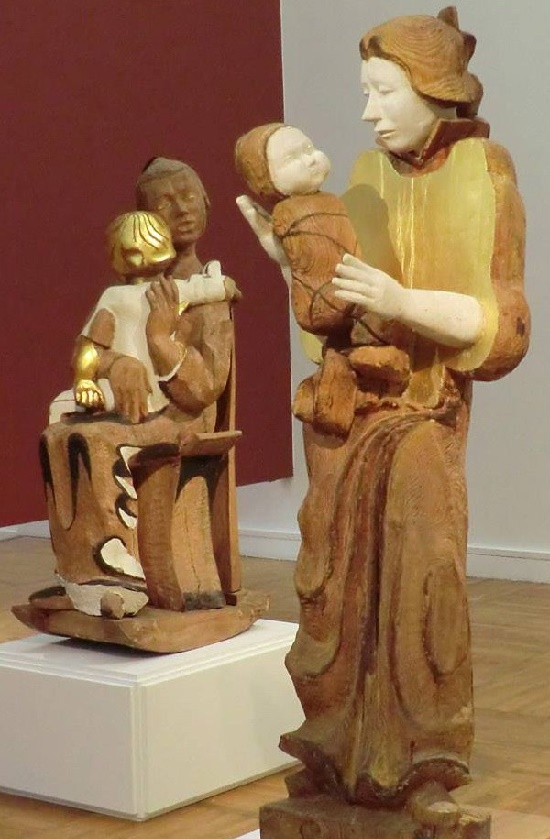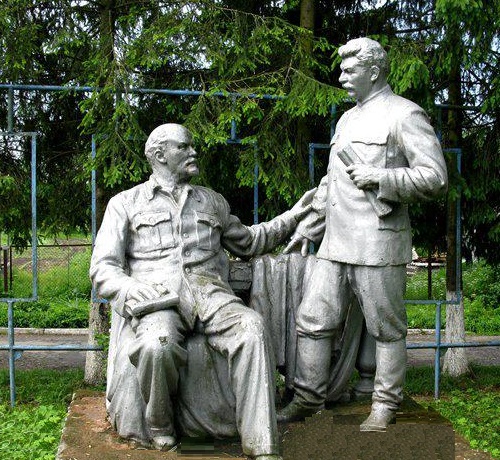Soviet sculptor-animalist Alexey Tsvetkov

Angel sculpture. Work by Soviet sculptor-animalist Alexey Tsvetkov (March 17, 1924, Russia, the village of Bukarevo, Tver Region – June 28, 2009, Moscow, Russia)
Soviet sculptor-animalist Alexey Tsvetkov
Aleksey Sergeevich Tsvetkov (1924-2009) – prominent Russian and Soviet sculptor-animal artist, a member of the USSR Union of artists. He was an Honored Artist of the Russian Federation, student of the most famous Soviet sculptor A. A. Vatagin. Veteran of World War II, Tsvetkov was a Cavalier of the Order of the Patriotic War of the first degree and Cavalier of the Order of the Red Star. According to art critics, Tsvetkov continued the traditions of Soviet animal sculptors. In particular, I. S. Efimov, V. A. Vatagin, A. G. Sotnikov, D. F. Tsaplin, along with his contemporaries A. V. Marts and A. M. Belashov. Traditionally, the artist created his sculptures using wood, metal, stone, porcelain and concrete, however, his favorite material was wood.
More »
